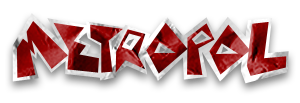I have a very old hard drive called a Seagate ST-125 (that's the model number), and it has really weird connections I've never seen before in my life. A few photos:



Having had zero experience with such early 90s technology, I thought I would refer to the wonderful Metropol community to tell me what I need to explore its data on (and copy the data to) a computer.
The original computer it was in, btw, didn't have any modern looking I/O ports, even the keyboard port was absolutely huge (and the keybord itself weighed about as much as a laptop does). So that computer is long gone I'm afraid, if it was necessary to read the data.
Anyone with expereince with ancient computers have any tips?
Thanks
Chris
